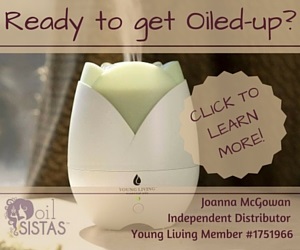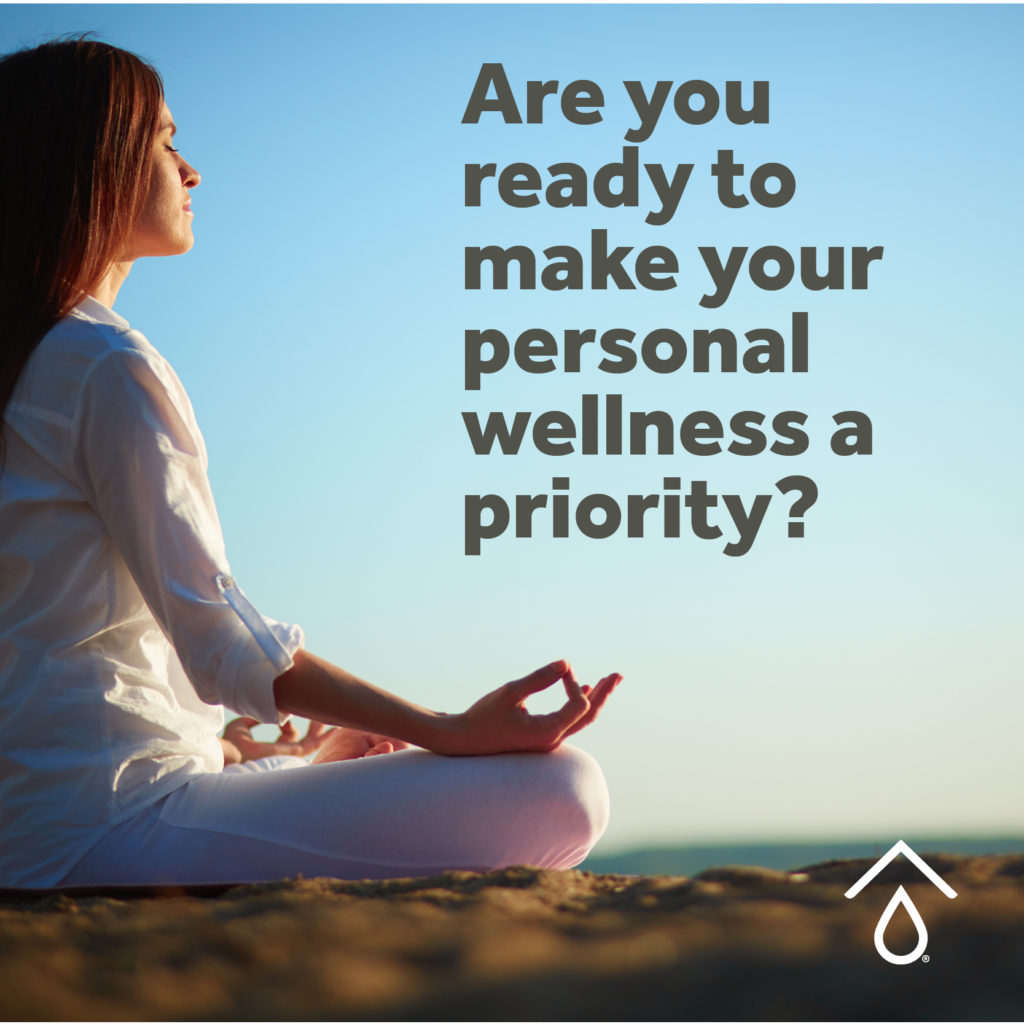Essential Oils are great, but you might be wondering about using them on children. Are they good for kids? Are they safe? How should you apply them? Rest assured, you can safely and effectively use essential oils on children following these simple guidelines.

Always use quality essential oils
Make sure you only use pure oils. Lots of essential oils are cut with synthetic ingredients, making them less effective or even unsafe. I love Young Living essential oils because I trust in their rigorous testing and promise of quality and purity from seed to seal. Their farms are free of toxins, pesticides, and GMOs and their oils are 100% therapeutic-grade. So, make sure to research your oils and you know what you are putting on your kids! 
Make sure the oil is safe for kids
It is important to be aware of different oils, their properties, and which can be safely used on children. “Hot” oils (like cinnamon, thieves, and clove, for example) create a warming sensation on the skin. Typically these should not be used topically on children. Citrus oils (like lemon, orange, and grapefruit) are photosensitive. This means that they create a reaction with sunlight. So, they should always be diluted or used on an area that will not be exposed to the sun. But gentle oils (like tea tree, chamomile, and lavender) and pretty safe for general use for babies and children.
The Hippy Homemaker has a good list of essential oils that can safely be used on children. Her list is especially helpful because it lists different ages. Lea Harris, Certified Clinical Aromatherapist, also has a lot of helpful information on LearningAboutEOs.com, including this list of oils that should NOT be used on children.
Apply carefully
Children’s skin is more permeable than adult’s. This means that they might be more prone to experiencing skin irritation, respiratory difficulties, or other side effects. Always do a skin test first – one drop on a small area. Check for immediate irritation and check the next day as well. Use one oil at a time in the beginning, so if there is a reaction you know which oil it is from. Also, not a lot of oil is needed to be effective – so start out with just a drop.
Be extremely careful around the eyes. And if oil does get in your eye or your child’s (it’s probably happened to every oil user at least once), do NOT use water to flush the eye out. A glob of coconut oil in the eye will soak it up quickly.
 The feet are a very safe area to apply oils to children. For regular usage, the feet are great because they contain reflex points that correspond to other areas, organs, and systems of the body. You can refer to the reflexology chart below to rub the oil in the correct area of the foot. For example, if you are using essential oils to support the sinuses, you would rub the oil on the four smaller toes.
The feet are a very safe area to apply oils to children. For regular usage, the feet are great because they contain reflex points that correspond to other areas, organs, and systems of the body. You can refer to the reflexology chart below to rub the oil in the correct area of the foot. For example, if you are using essential oils to support the sinuses, you would rub the oil on the four smaller toes.
Use a carrier oil
A carrier oil is a base oil used to dilute the essential oil and carry it into the skin. The dilution helps to minimize irritation and deliver the essential oil safely and effectively. It is important to use a quality natural carrier oil (never use a mineral oil). My favorites to use are coconut and sweet almond oil. I really like regular coconut oil if you are using the essential oil mix as a balm or a salve to give it that desired thickness. If you want a liquid blend, like something you are going to put a roller ball on, I like to use almond oil or fractionated coconut oil.
For kids 6 and under, the dilution should be .25%, which is about 1 drop of essential oil to 4 teaspoons of carrier oil. For children over 6, you can safely go up to 1% dilution, or 1 drop of essential oil per teaspoon of carrier oil. Lea Harris also provides more specific and detailed dilution guidelines.

Please be assured that when used properly, essential oils can be great for kids. I hope you give them a try.
Some great further resources for using essential oils safely on children are:


 My autism journey has changed the way I live and care for my family. I am passionate about nontoxic products, natural remedies, grain-free nutrition, essential oils, and healing the symptoms known as autism. This is a space for anyone aspiring toward cleaner, healthier living.
XO Joanna
My autism journey has changed the way I live and care for my family. I am passionate about nontoxic products, natural remedies, grain-free nutrition, essential oils, and healing the symptoms known as autism. This is a space for anyone aspiring toward cleaner, healthier living.
XO Joanna





